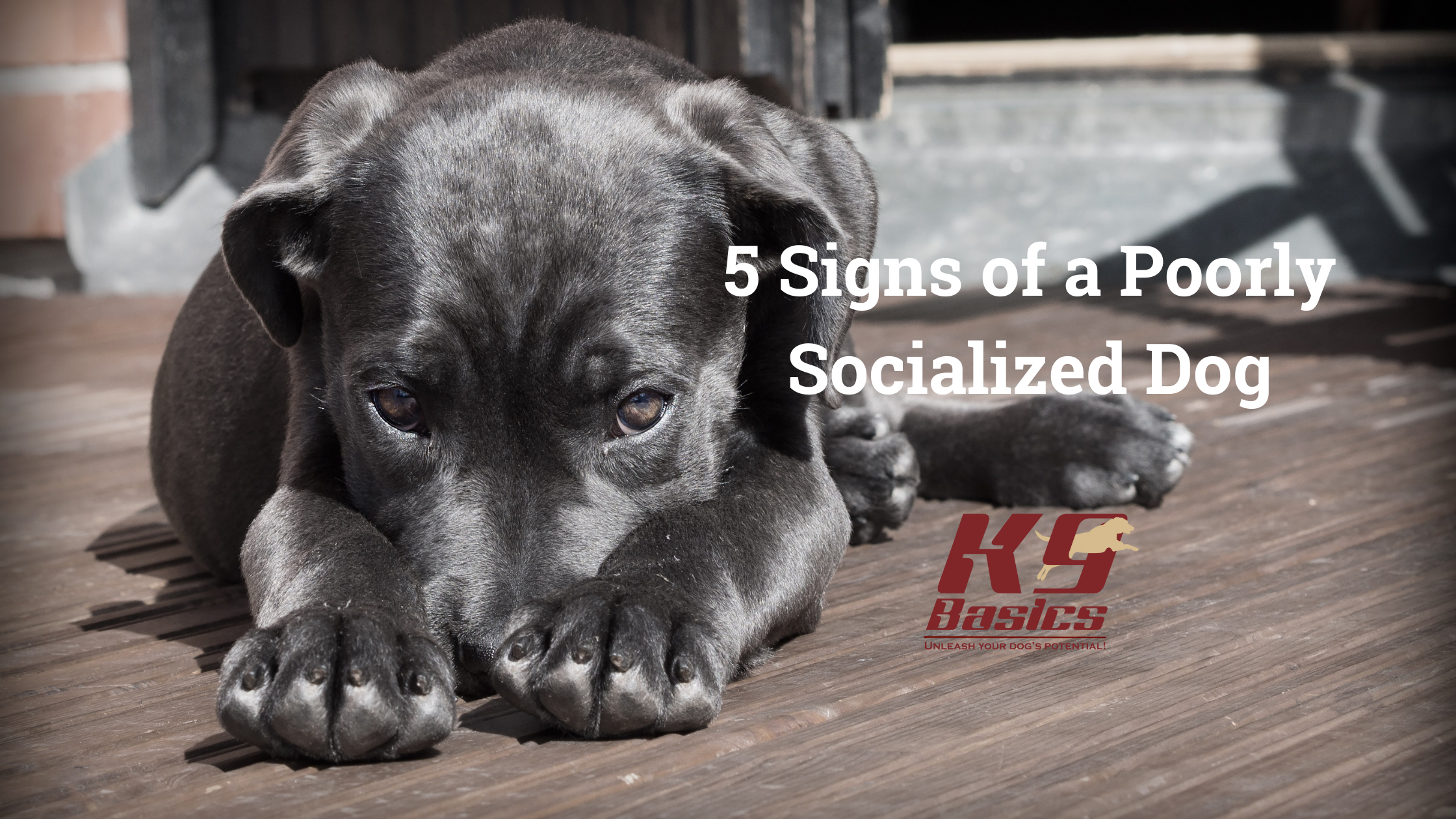In the delightful world of dogs, play is more than just a game; it’s a dog’s “body” language, a dance of sorts that reveals their unique personalities and preferences.
Just as people have different hobbies, dogs, too, have their own play styles, ranging from the boisterous wrestler to the solitary lone wolf.
Each style of dog behavior is a fascinating glimpse into how our canine friends socialize, express joy, build friendships, and navigate their environment.
This article will take you on a tail-wagging journey through the various play styles of dogs, shedding light on the ways our furry companions choose to have fun, from play fighting to nuzzling.










